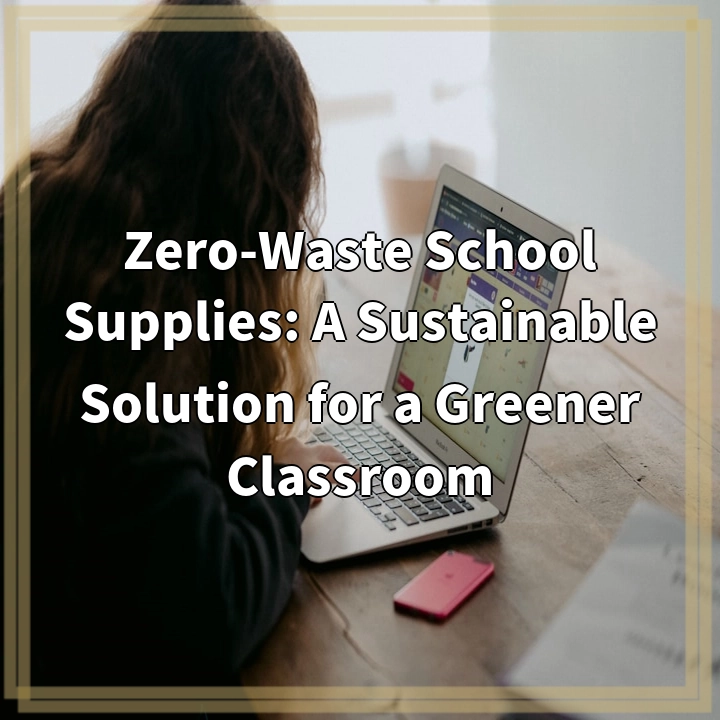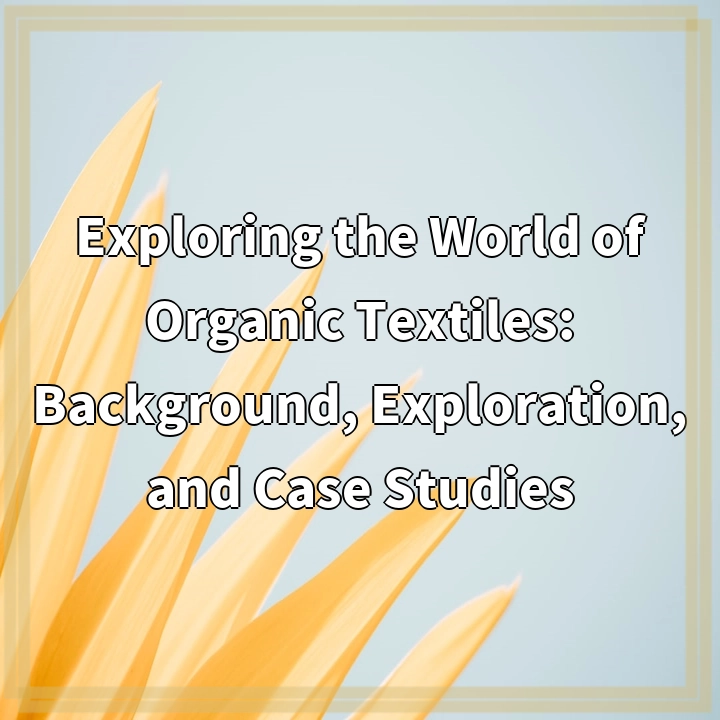
Zero-Waste School Supplies: A Sustainable Solution for a Greener Classroom
What it is:
Zero-waste school supplies are a sustainable alternative to traditional school materials that often contribute to environmental pollution and waste. These supplies are designed with the aim of minimizing or eliminating the production of waste throughout their lifecycle, from sourcing raw materials to end-of-life disposal.
Real-World Problems:
1. Overconsumption: Traditional school supplies are often produced using excessive amounts of resources, leading to overconsumption and environmental degradation. From the production of plastics and paper to the energy-intensive manufacturing processes, the environmental impact of these supplies is significant.
2. Plastic Waste: Plastic is a ubiquitous material in school supplies, but it poses a major environmental problem due to its non-biodegradable nature. Plastic materials, such as pens, markers, and binders, contribute to the growing problem of plastic pollution in our oceans and landfills.
3. Single-Use Culture: Many traditional school supplies are designed for single-use, resulting in a throwaway culture that generates massive amounts of waste. This includes disposable pens, notebooks, and plastic wrap used for packaging supplies.
4. Resource Depletion: The production of traditional school supplies requires the extraction of finite resources, such as timber for paper or oil for plastic. These extraction processes contribute to deforestation, habitat destruction, and climate change.
5. Chemical Exposures: Some conventional school supplies contain harmful chemicals, such as lead, phthalates, and volatile organic compounds (VOCs), which can have detrimental effects on human health. These chemical exposures are particularly concerning for young children who use these supplies daily.

Solutions for a Greener Classroom with Zero-Waste School Supplies
Embracing Sustainable Alternatives:
By choosing zero-waste school supplies, we can reduce our impact on the environment and work towards a more sustainable future. These supplies are designed to be eco-friendly and often include reusable or recyclable materials. By opting for items like refillable pens, notebooks made from recycled paper, and durable binders, we can significantly reduce waste generation.
Promoting Reuse and Recycling:
Encouraging students and teachers to reuse and recycle their school supplies is another important solution. By emphasizing the importance of extending the lifespan of items like binders, folders, and calculators, we can reduce the demand for new products. Additionally, implementing effective recycling programs in schools ensures that materials such as paper, cardboard, and certain plastics can be diverted from landfills.
Advocating for Plastic-Free Options:
Plastics are a significant contributor to waste and pollution. By advocating for plastic-free alternatives, such as reusable water bottles, stainless steel lunch containers, and cloth pencil cases, we can eliminate the need for single-use plastics in the classroom. Encouraging students to bring their own reusable containers and materials also instills a sense of responsibility towards the environment.
Incorporating Environmental Education:
To create lasting change, it is essential to educate students about the importance of sustainability and the environmental impact of their choices. Incorporating environmental education in the curriculum helps raise awareness about the problems associated with traditional school supplies and fosters a sense of environmental stewardship among students. Teaching topics such as waste reduction, recycling, and sustainable consumption empowers students to make informed choices and actively participate in building a greener future.
Collaborating with Stakeholders:
Creating a greener classroom requires collaboration between schools, teachers, parents, and students. Engaging stakeholders and involving them in the decision-making process enhances the adoption and implementation of sustainable practices. By working together, we can develop comprehensive strategies and policies to promote zero-waste school supplies and create a collective commitment to a greener future.















